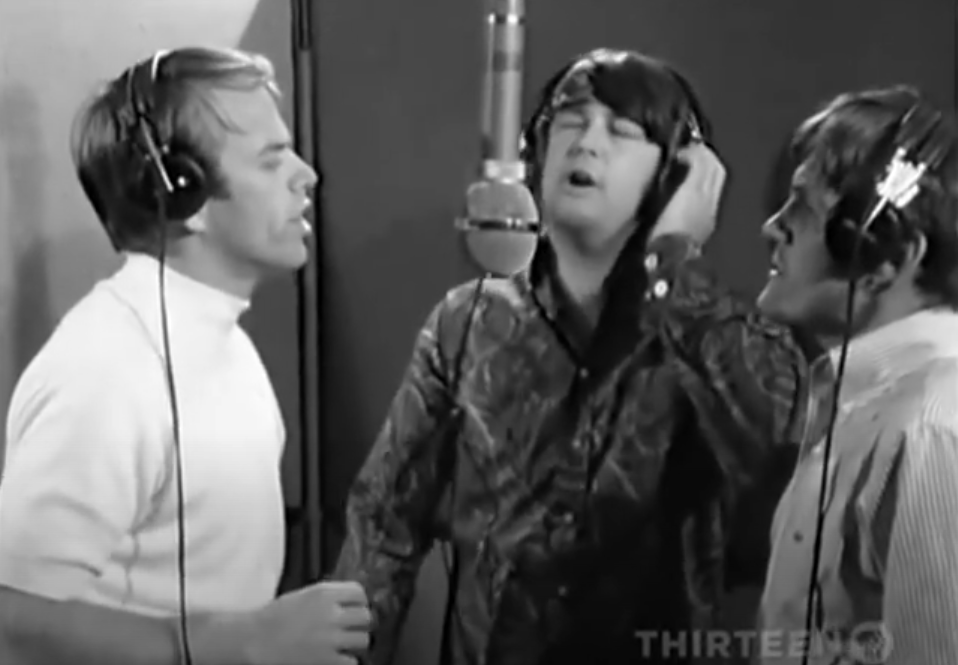This week, Brian Wilson became the last of the Wilson brothers to shuffle off this mortal coil. Dennis, the first of the Wilsons to go, died young in 1983 — but not before offering this memorable assessment of the family musical project: “Brian Wilson is the Beach Boys. He is the band. We’re his messengers. He is all of it. Period. We’re nothing.” That was a bit harsh: Dennis may not have been a virtuoso drummer, but Beach Boys enthusiasts all credit his faintly despairing songs with enriching the band’s signature emotional landscape. Brian may have written “God Only Knows,” but he did so with his brother Carl’s voice in mind. And could even Brian’s other masterpiece “Good Vibrations” have made the same impact without the participation of his much-resented cousin Mike Love?
Still, without Brian’s orchestration, the other Beach Boys’ voices would never have come together in the powerful way they did, to say nothing of the contributions of the countless studio musicians who played on their recordings. Before “Good Vibrations,” never had a pop song owed so much to so many musicians — and, at the same time, even more to the fertile and unconventional sonic imagination of just one man.
Laboriously crafted over seven months in four different studios, it came out in October of 1966 as the most expensive single ever produced. Its then-epic length of 3:35 filled Capitol Records with doubts about its radio viability, but that turned out to be an astonishingly brief running time to contain the sheer compositional intensity that soon got the song labeled a “pocket symphony.”
“Good Vibrations” and its myriad intricacies are scrutinized to this day, most recently in video essays like the ones you see here. On his Youtube channel Polyphonic, Noah Lefevre calls it “dense enough that you could teach an entire music course on it.” David Hartley grants it the status of “probably the most complex song ever recorded,” and even “the first song ever created using copy and paste.” Long before the era of digital audio workstations, Brian Wilson used wholly analog studio technology to string together “feels,” his name for the disparate fragments of music in his mind. His method contributed to the symphonic construction of “Good Vibrations,” and his willingness to follow the mood wherever it led resulted in the song’s distinctive use of an Electro-Theremin. Despite all this, some listeners still question his centrality to the Beach Boys’ music; for them, there will always be “Kokomo.”
Related content:
How the Beach Boys Created Their Pop Masterpieces: “Good Vibrations,” Pet Sounds, and More
Based in Seoul, Colin Marshall writes and broadcasts on cities, language, and culture. His projects include the Substack newsletter Books on Cities and the book The Stateless City: a Walk through 21st-Century Los Angeles. Follow him on the social network formerly known as Twitter at @colinmarshall.








